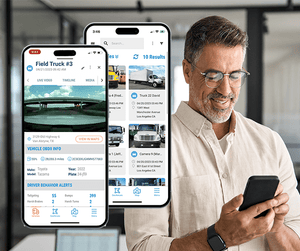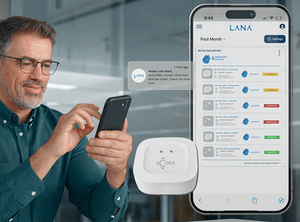Medical transporters are the unsung heroes of healthcare. They bridge the gap between patients and medical facilities, providing a vital link in the chain of care. Whether it’s rushing a critically ill patient to the emergency room or ensuring a senior citizen makes it to their routine check-up, medical transporters are there to help.

International Medical Transporters Day | Every August 20th
Honoring The Medical Transport Community
Every year on August 20th, we celebrate International Medical Transporters Day – a time to recognize and appreciate the crucial role that medical transportation professionals play in our healthcare system. These dedicated individuals ensure that patients receive timely and safe transportation to medical facilities, often during critical moments when every second counts.
The Importance of Medical Transport Fleets
Types of Medical Transportation Fleets
Medical transportation comes in various forms, each serving a specific purpose:
- Emergency Medical Services (EMS): These are the ambulances and paramedics we see responding to 911 calls, providing immediate care and rapid transport for emergencies.
- Non-Emergency Medical Transportation (NEMT): This service helps patients who need assistance getting to and from medical appointments but don’t require emergency care.
- Patient Transfer Services: These services move patients between medical facilities, ensuring continuity of care.
Challenges Faced by Medical Transport Fleets
Challenges Faced by Medical Transport Fleets
How Medical Transport Fleets Can Benefits From LANA Fleet
1. Improved Operations and Efficiency: LANA Fleet provides real-time location data and route optimization, allowing dispatchers to assign the nearest available vehicle to a call. This reduces response times and improves overall fleet efficiency.
2. Enhanced Safety Measures: The dual-facing cameras offer a comprehensive view of both the road and the vehicle interior. This feature is crucial for monitoring patient care and driver behavior, ensuring the highest standards of safety and professionalism.
3. Real-time Tracking and Monitoring: Fleet managers can track their entire fleet in real-time, allowing for better coordination and resource allocation. In emergency situations, this can be life-saving.
4. Better Maintenance Management: LANA Fleet helps track vehicle health and maintenance schedules, ensuring that all vehicles in the fleet are in top condition and reducing the risk of breakdowns during critical transports.
5. Peace of Mind: In the event of an accident or incident, the system provides valuable data and video footage. This not only helps in investigations but also protects drivers and the organization from false claims.




